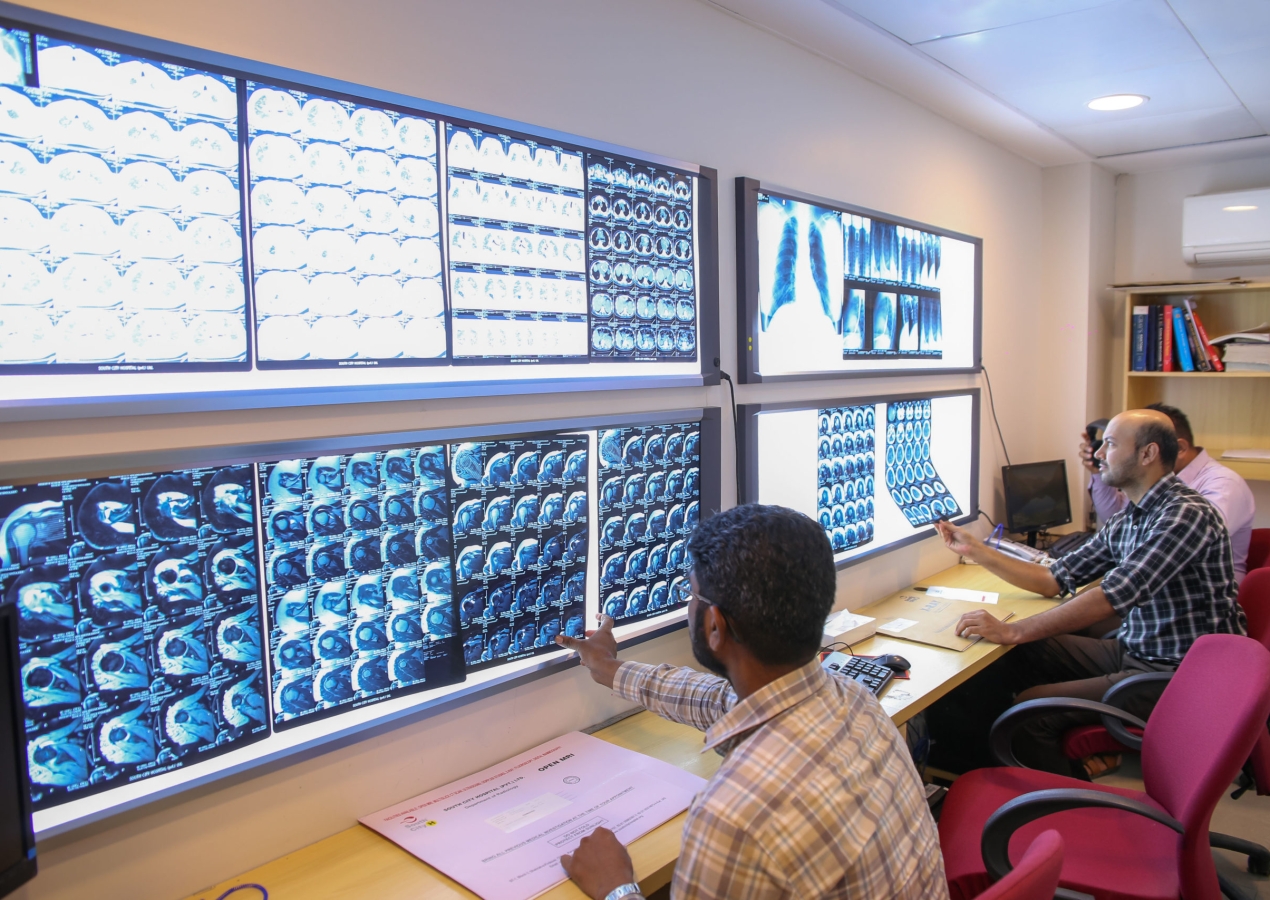- Home
- Treatments & Specialities
- Consultant
- Surgeon
- Obstetrician & Gynecologist / IVF / ICSI
- General Surgeon
- Cardiac Surgeon
- Plastic Surgeon
- Neurosurgeon
- Orthopaedic Surgeon
- Urologist
- Breast Surgeon
- Spinal Surgeon
- Pediatric Surgeon
- Pediatrics Urologist
- Thoracic Surgeon
- Ear, Nose & Throat
- Eye
- Surgical Oncologist
- Gen & Thyroid Surgeon
- Neuro Spine Surgeon
- Consultant Vascular Surgeon
- Consultant Vascular Interventional Radiology
- Dentistry
- Maxillofacial Surgeon
- Physician
- Neurologist
- Critical Care
- Pediatrician
- Neonatologist
- Gastroenterologist / Hepatologist
- Pediatric Cardiologist
- Pediatric Neurologist
- Consultant Infectious Diseases
- Pulmonologist
- Rheumatologist
- Internist
- Endocrinologist
- Medical Oncologist
- Andrologist
- Diabetologist
- Allergist
- Dietician/Nutritionist
- Occupational Therapist
- Dermatologist
- Pain Management
- Child Psycologist
- Speech Therapist
- Sonologist
- Radiologist
- Psychologist
- Interventional Pediatric Cardiologist
- Clinical Hematologist
- Cardiologist
- Nephrologist (& Hemodialysis)
- Internal Medicine
- Immunologist & Allergist
- Oncologist
- Surgeon
- Critical Care
- Emergency Services
- Diagnostic Services
- For Patients
- Health Packages
- Academics
- BOD
- Contact Us






